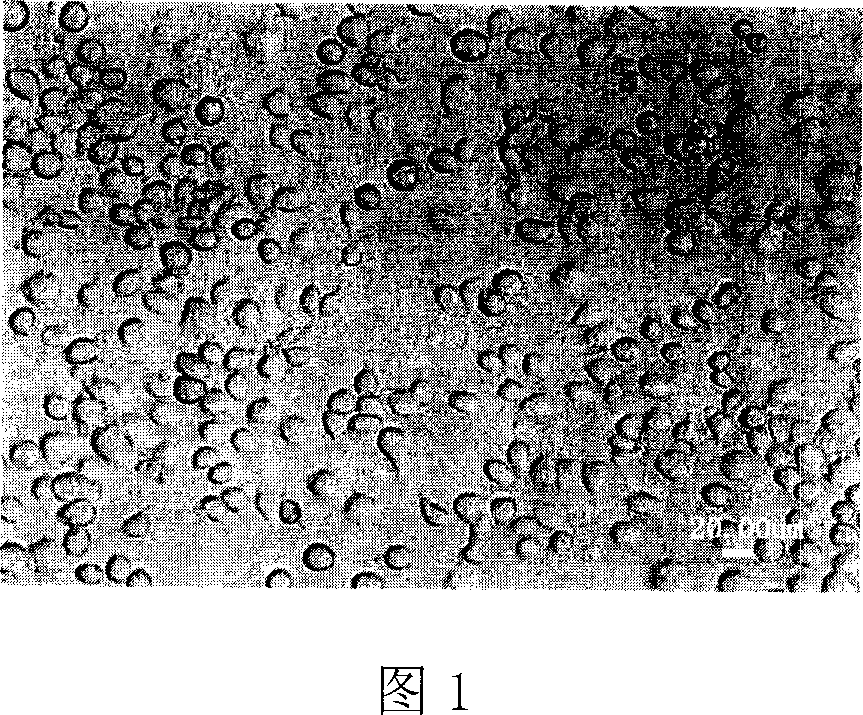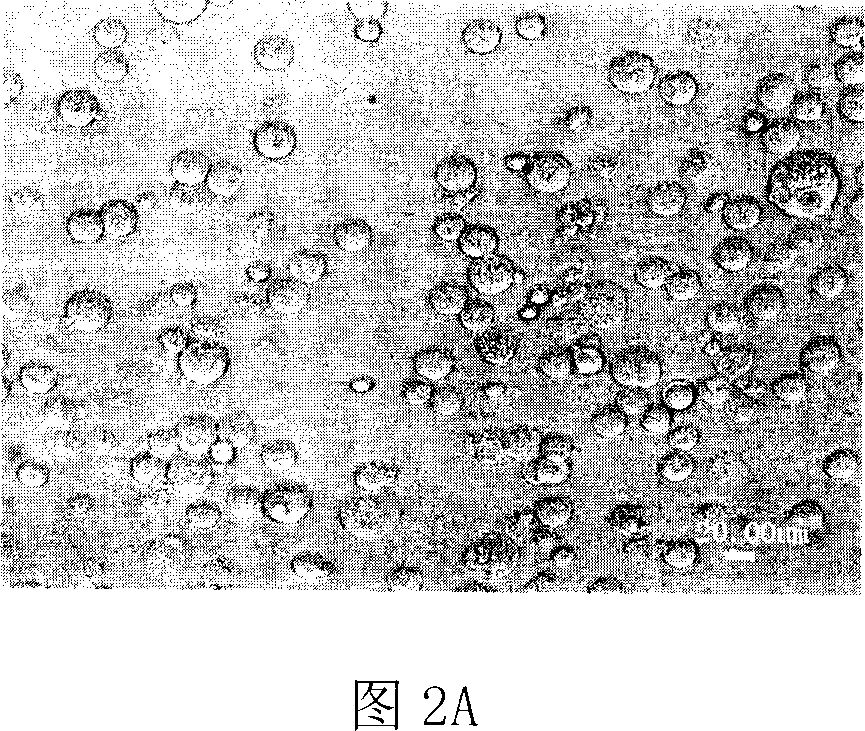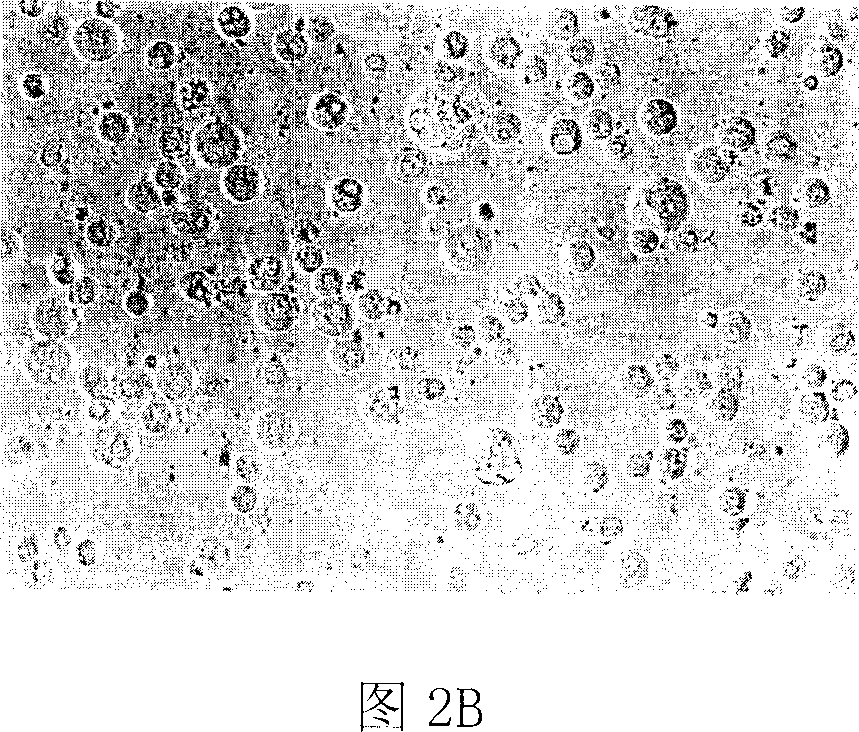Bioassary method for identifying insect-resistance performance of transgenic insect-resistance plant
A technology for insect-resistant plants and bioassays, which is applied to the measurement/inspection of microorganisms, biochemical equipment and methods, and measuring devices, and can solve problems such as failure, no insect resistance, and poor insect resistance of transformed plants
- Summary
- Abstract
- Description
- Claims
- Application Information
AI Technical Summary
Problems solved by technology
Method used
Image
Examples
Embodiment Construction
[0031] The bioassay procedure for insect resistance of transgenic insect-resistant plants is shown in Figure 4. The operation steps are as follows:
[0032] 1. Extraction of total plant protein:
[0033] ① Take 1.0 g of fresh leaves of positive plants detected by PCR (polymerase chain reaction), place them in a mortar, add liquid nitrogen and PVP (polyvinylpyrrolidone), and quickly grind them to powder;
[0034] ② Add 3.5 ml of plant protein extract to the mortar and continue grinding for 30 seconds;
[0035] ③ Place the above mixture at 4°C overnight;
[0036] ④ Centrifuge at 5000 rpm for 10 minutes at 4°C;
[0037] ⑤ Take the supernatant and centrifuge at 10,000 rpm for 20 minutes at 4°C;
[0038] ⑥The supernatant was taken to measure the protein concentration by Bradford method.
[0039] 2. Determination of protein toxicity:
[0040] ① Inoculate Hi5 cells (2-3×10 5 cells / ml), add 100 microliters of cell culture medium to each well, and culture overnight at 28°C;
[00...
PUM
 Login to view more
Login to view more Abstract
Description
Claims
Application Information
 Login to view more
Login to view more - R&D Engineer
- R&D Manager
- IP Professional
- Industry Leading Data Capabilities
- Powerful AI technology
- Patent DNA Extraction
Browse by: Latest US Patents, China's latest patents, Technical Efficacy Thesaurus, Application Domain, Technology Topic.
© 2024 PatSnap. All rights reserved.Legal|Privacy policy|Modern Slavery Act Transparency Statement|Sitemap



